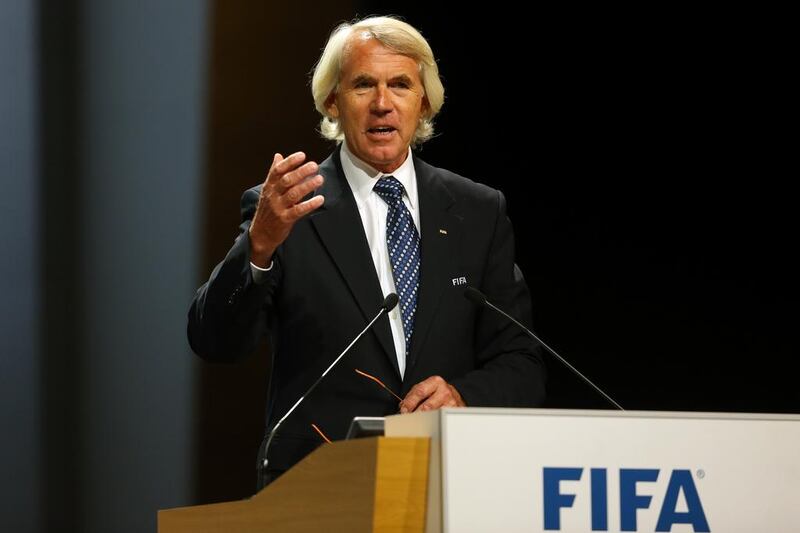Although not made mandatory until 2009, the research in using magnetic resonance testing (MRI) to determine a player’s age dates to 2003 when Fifa began to investigate the use of biological markers for age determination after being requested to do so by numerous member associations.
Growth plates in the bones of the human skeleton are open during growth and closed at different times with increasing age and maturity. X-ray images of the growth plate of the left wrist have been used for decades in paediatrics, and court, to determine age.
However, because of concerns regarding the exposure to radiation in the use of X-rays in screening, Fifa’s Medical Assessment and Research Centre (F-Marc) suggested using MRI exams that can also provide detailed images and better contrast between body tissues.
F-Marc performed MRI wrist scans of more than 500 players of different ethnic origins, between the ages of 14 and 19, with confirmed birth certificates.
A six-point system was devised to grade the fusion of the growth plate.
Typically, complete fusion is unlikely to occur prior to 17 years of age, with an accuracy at greater than 99 per cent.
So, if MRI indicates complete fusion of a player’s wrist, it is 99 per cent certain the player is older than 17. If a player registers a Grade 6, they are considered older than 17.
“MRI of the wrist is a simple, reliable, valid and non-invasive method of age determination in young male football players,” said Jiri Dvorak, the F-Marc chairman.
“We can identify overage players at U17 competitions at no risk to the individual. This is of considerable help both to member associations and Fifa.”
For this month’s U17 World Cup, four players will be randomly chosen from each of the 24 selected teams and tested under the supervision of Fifa’s medical experts.
Testing will take place on Tuesday and Wednesday. Fifa encourages teams to first conduct their own preliminary tests to ensure all players comply with the age rule.
jmcauley@thenational.ae






